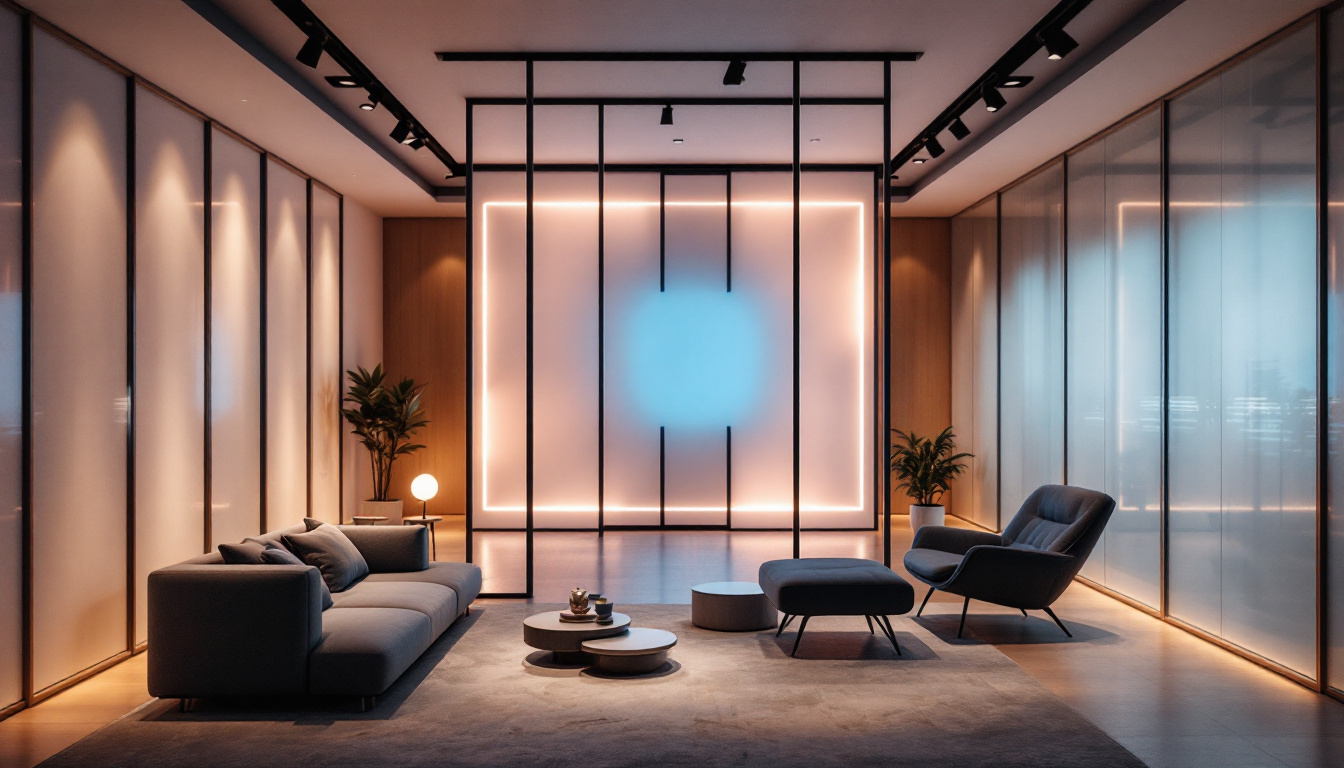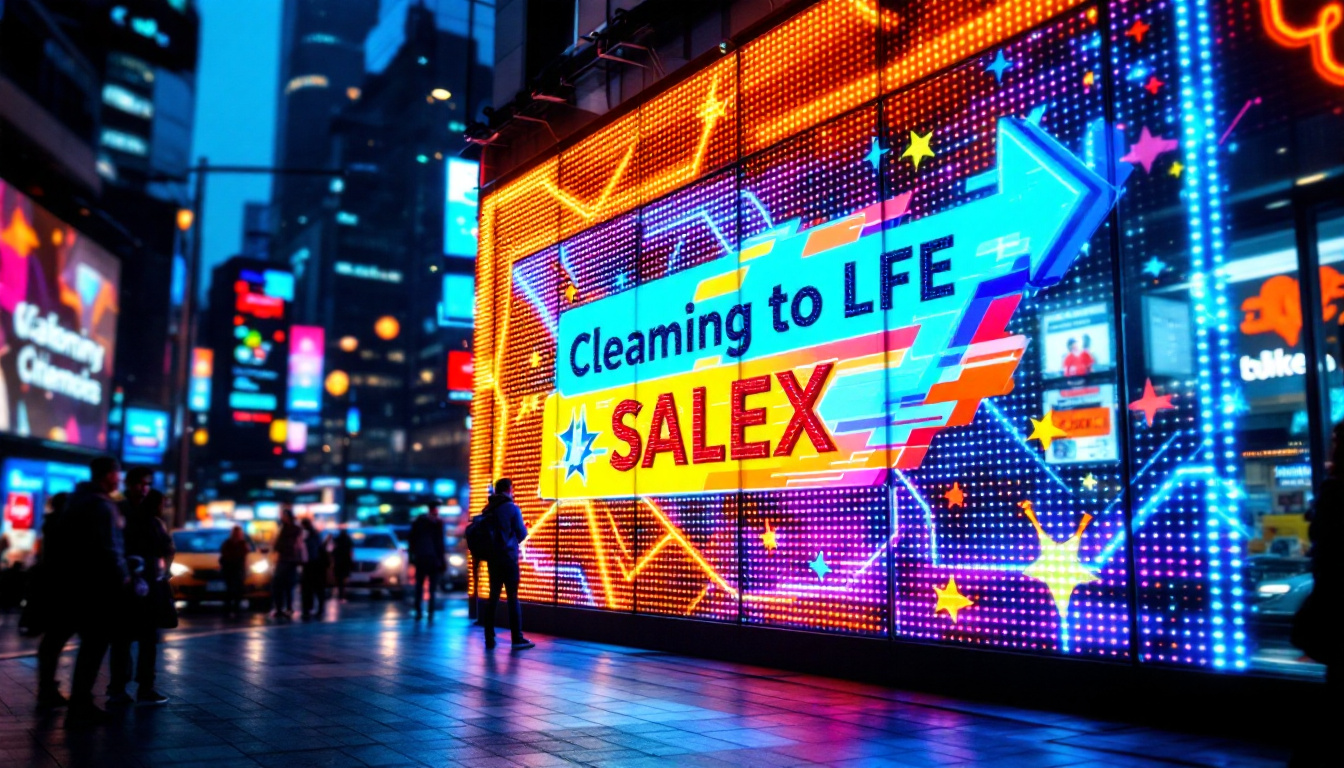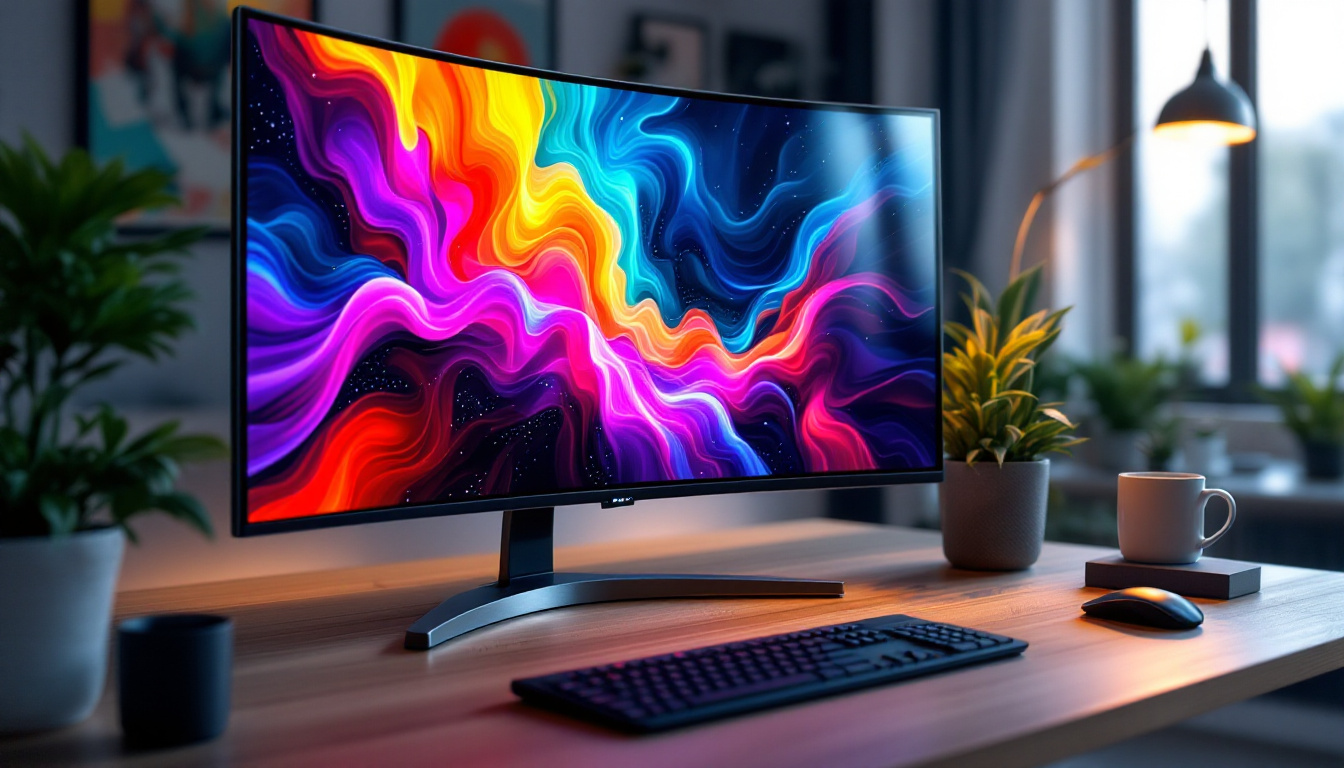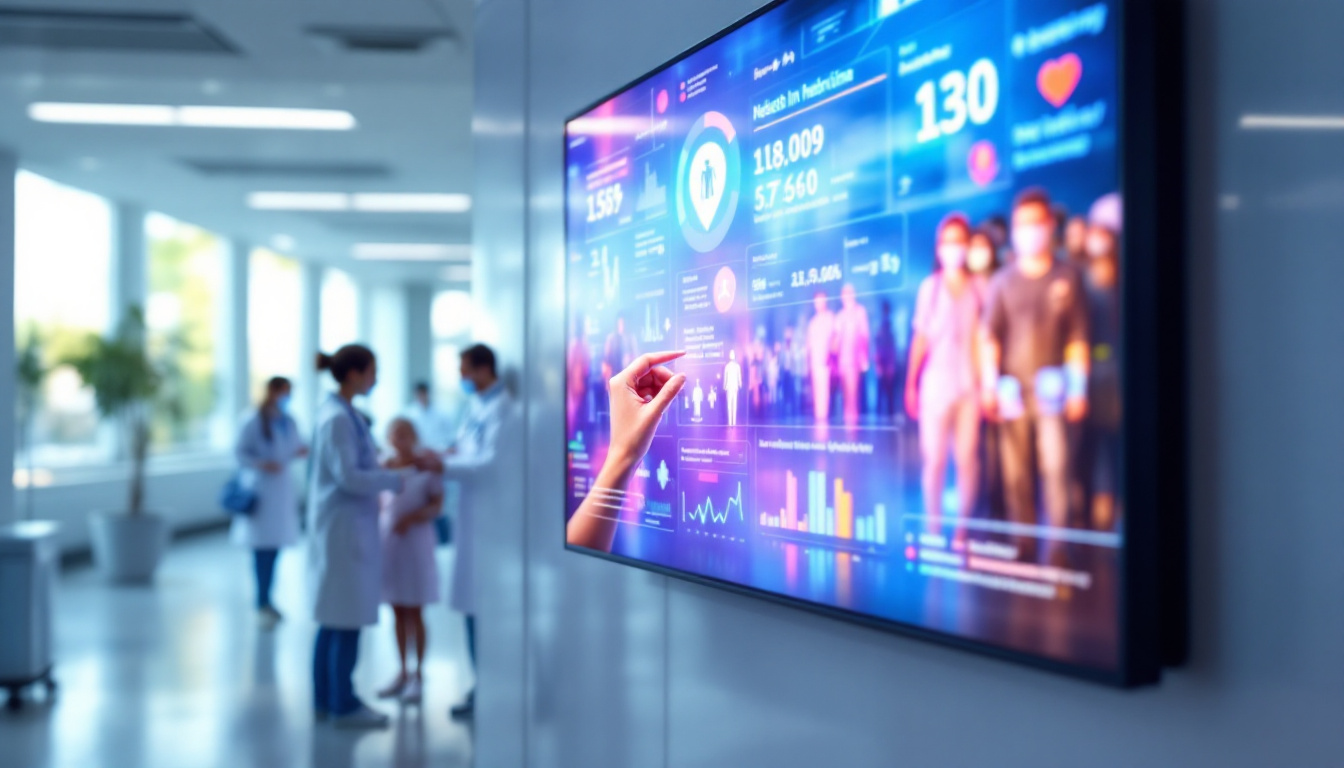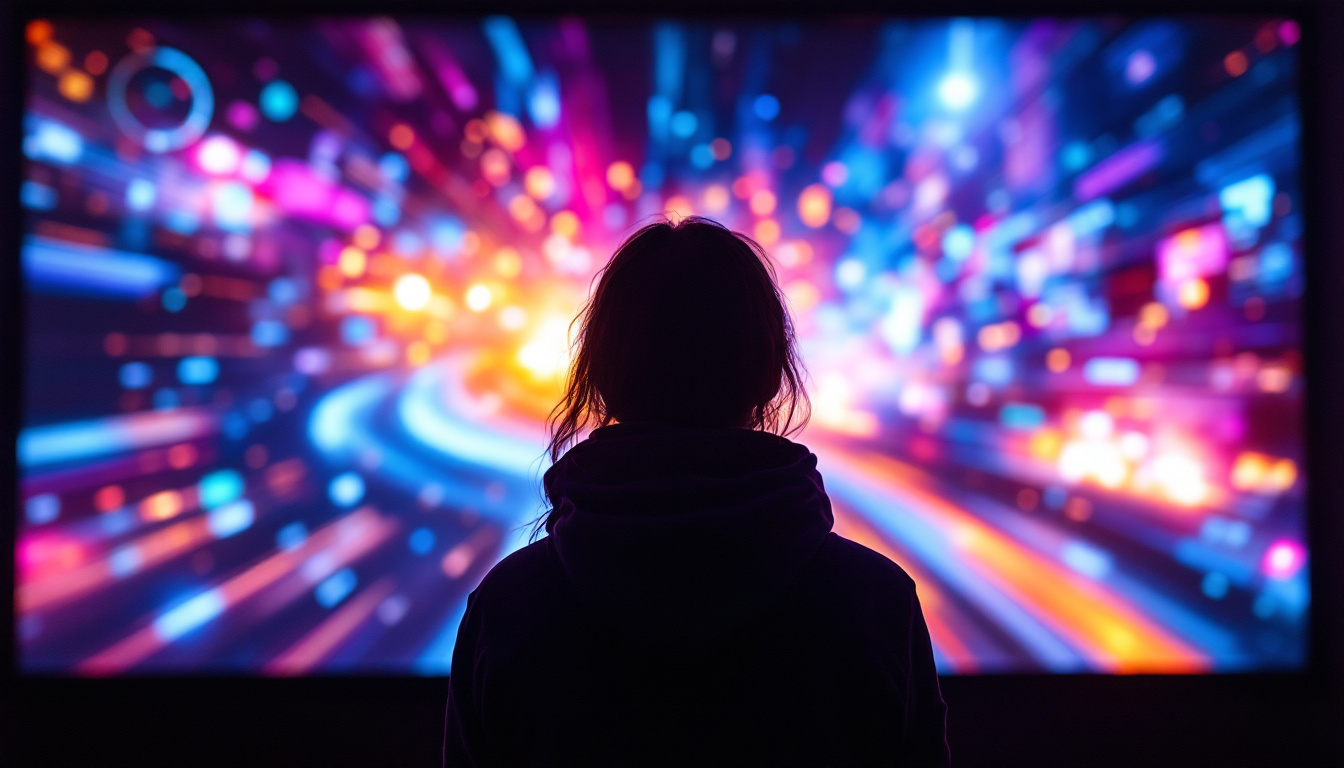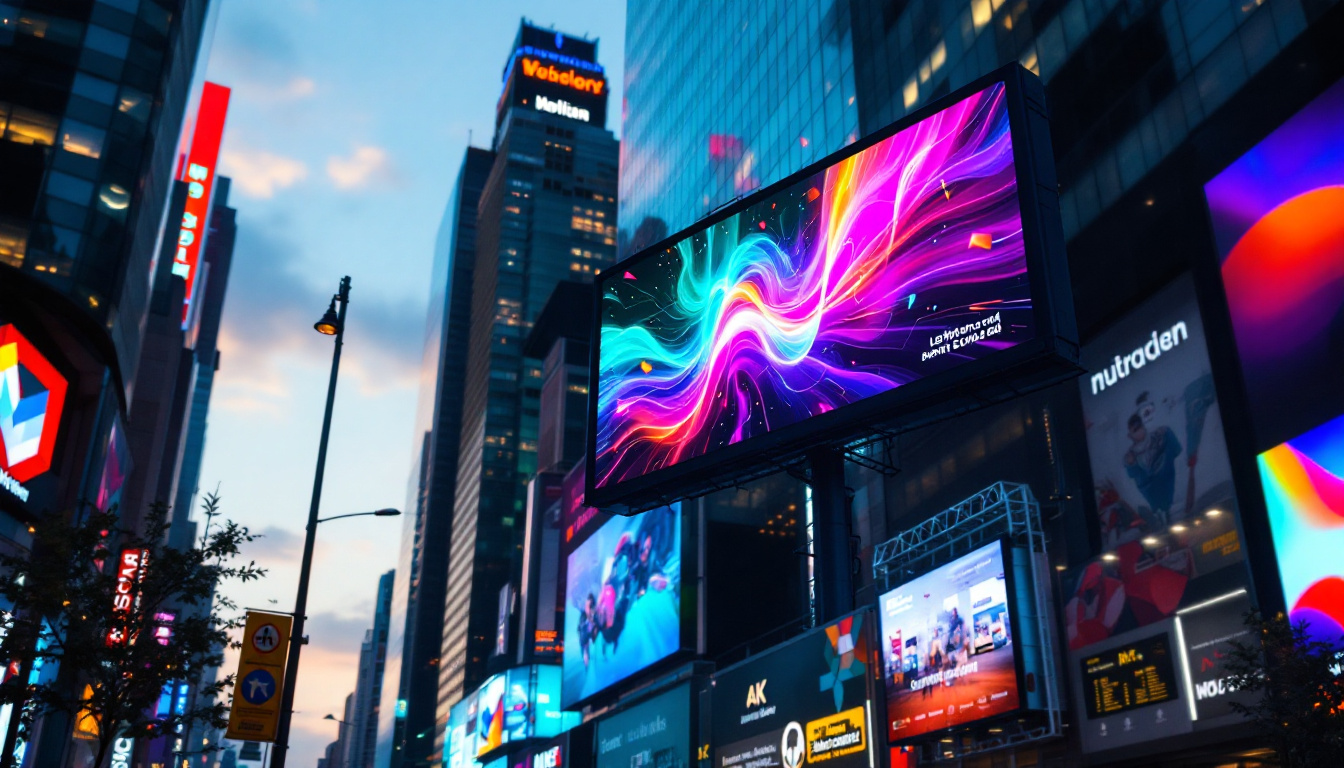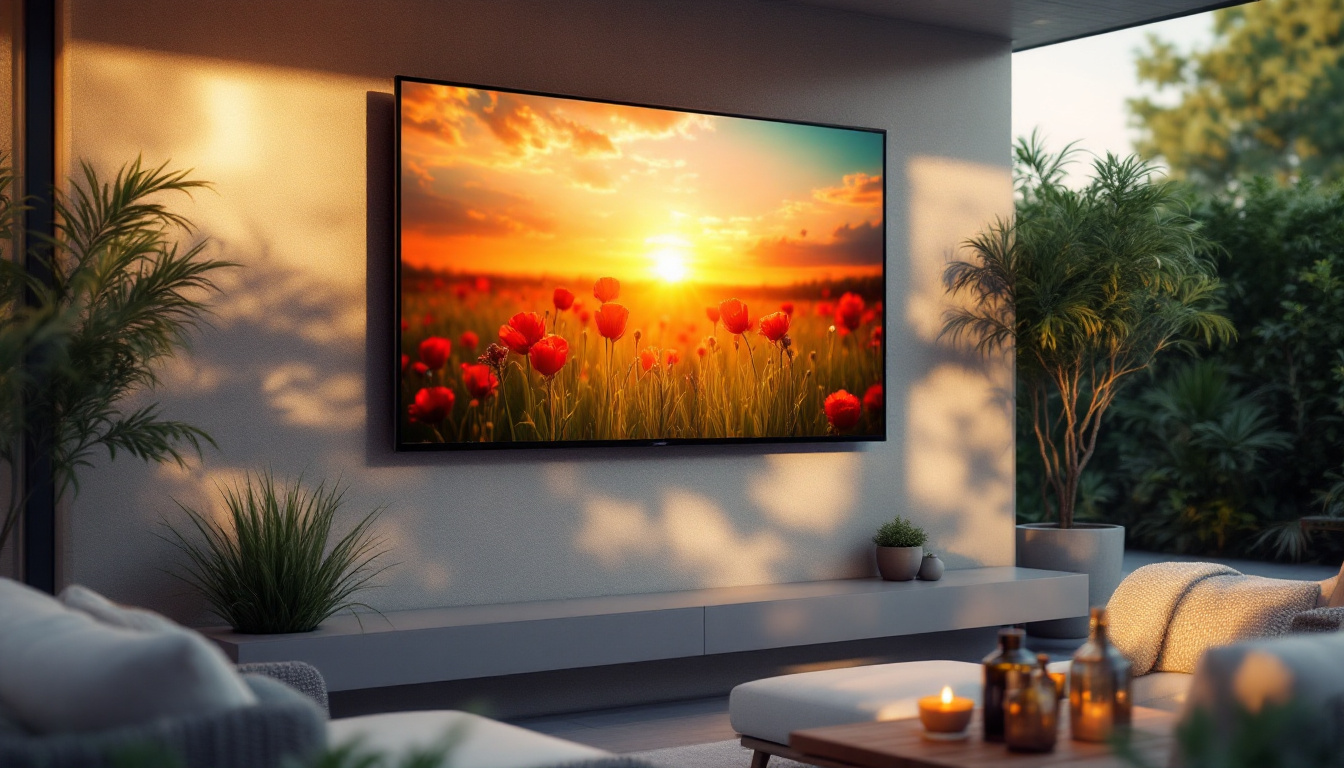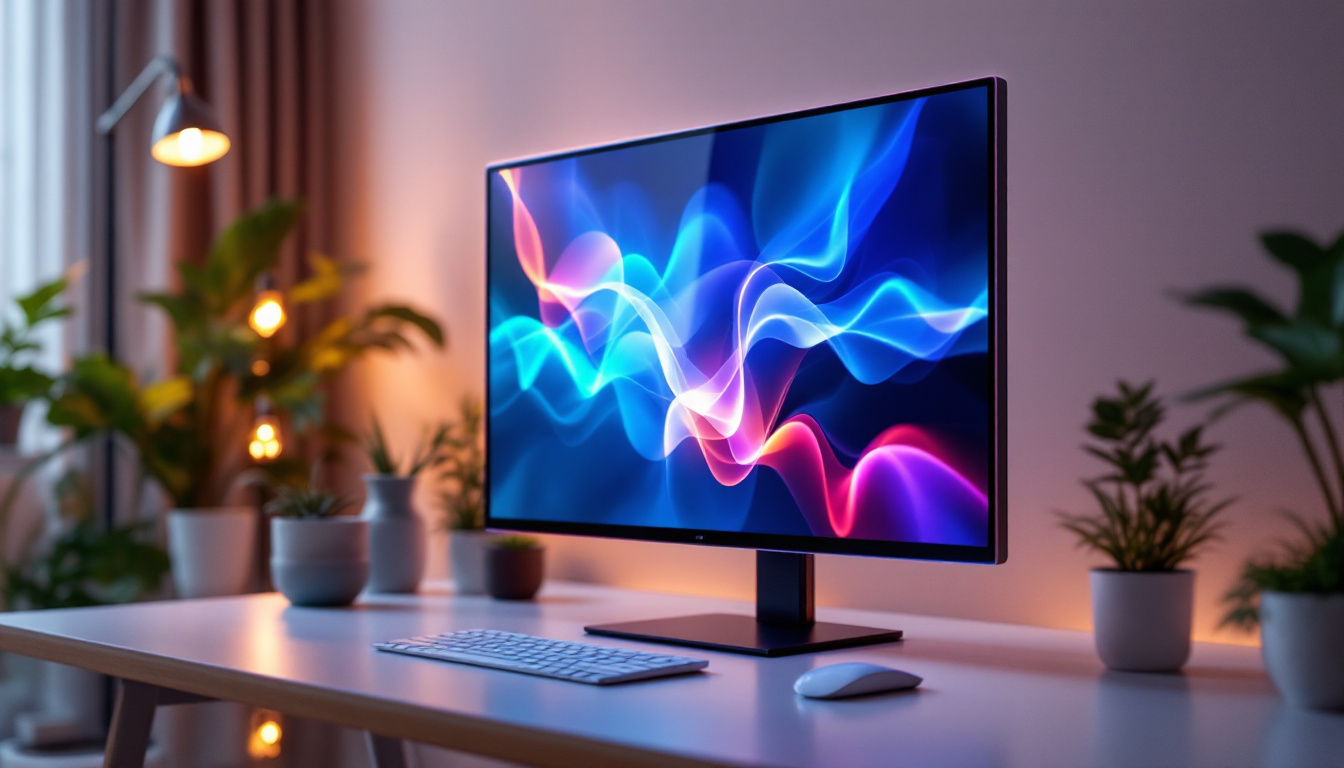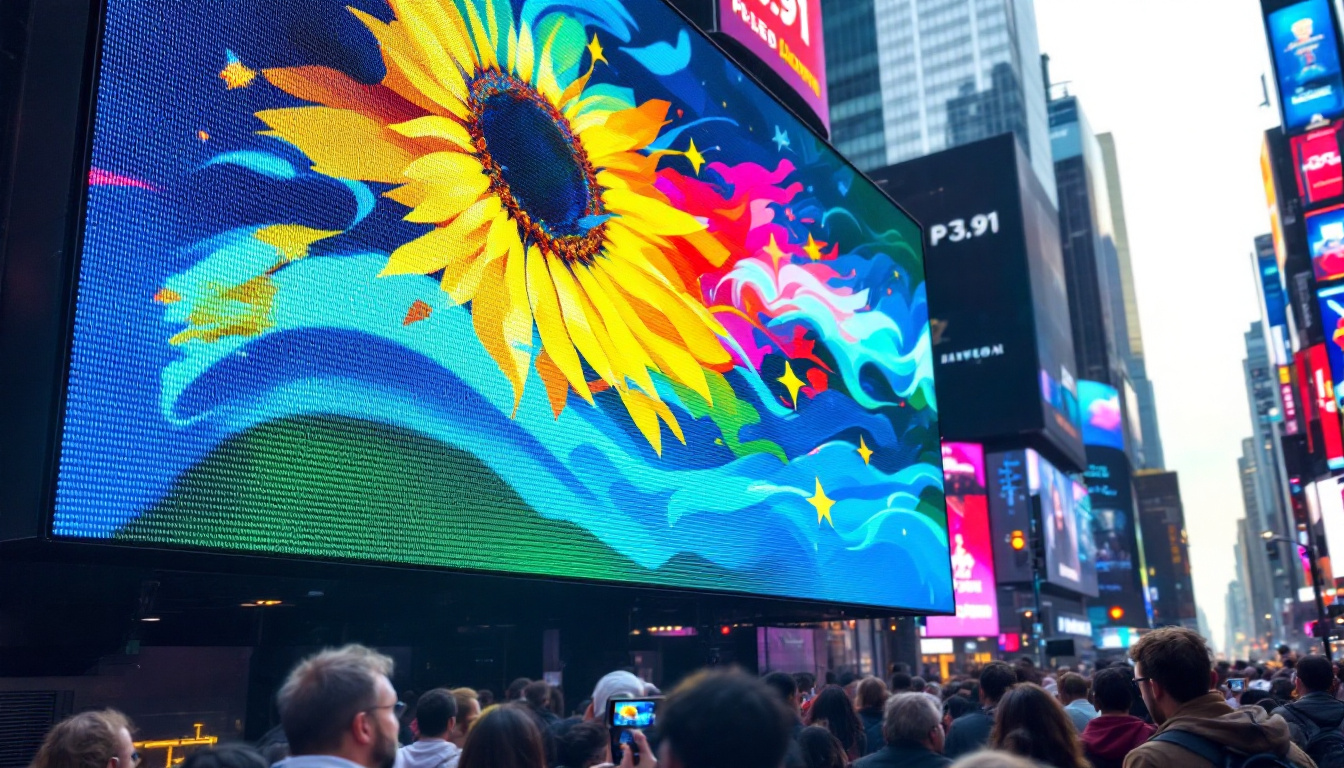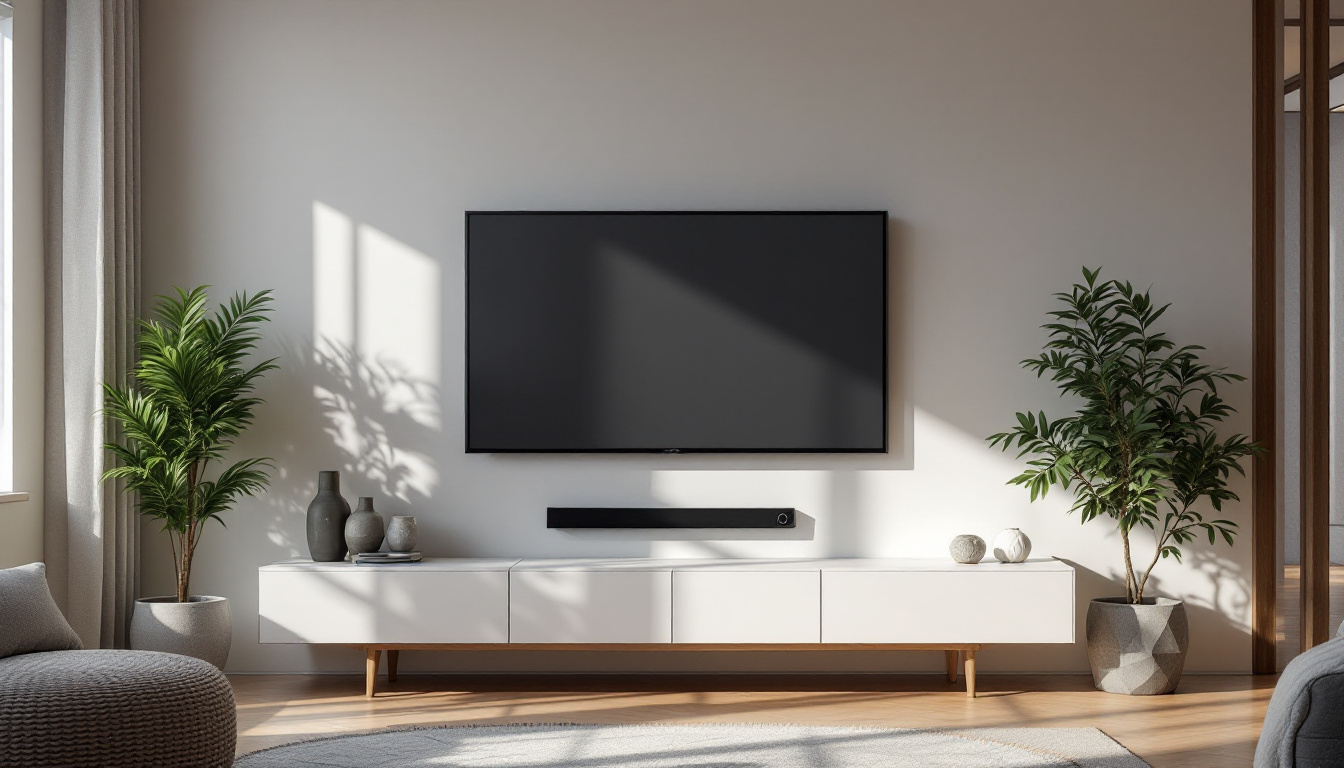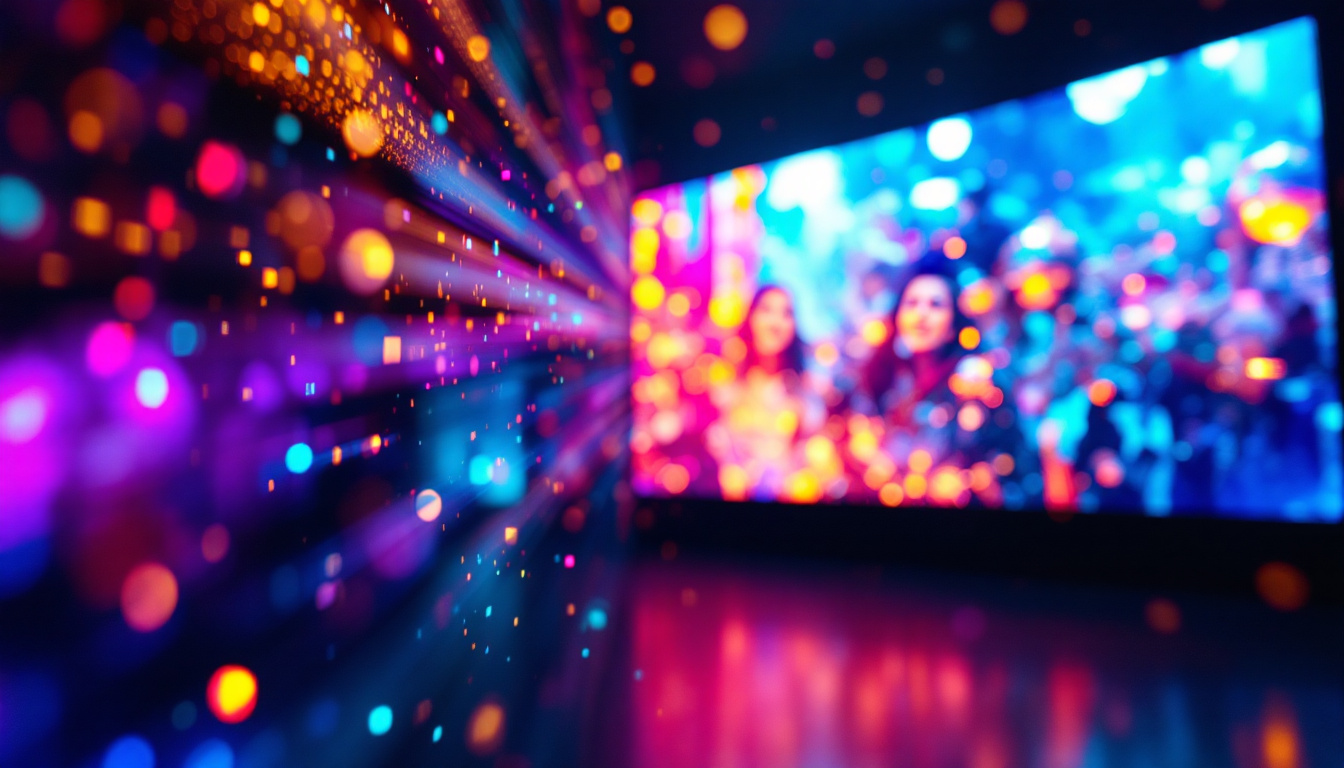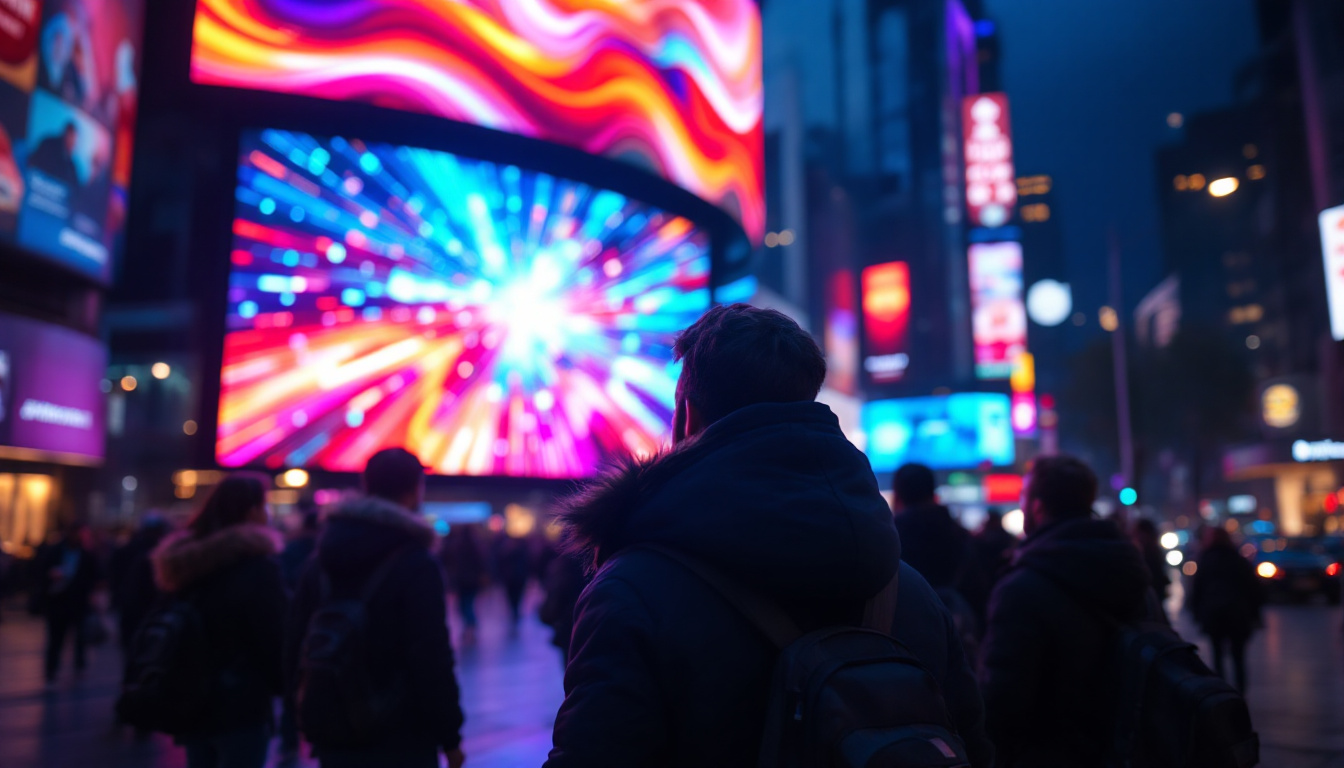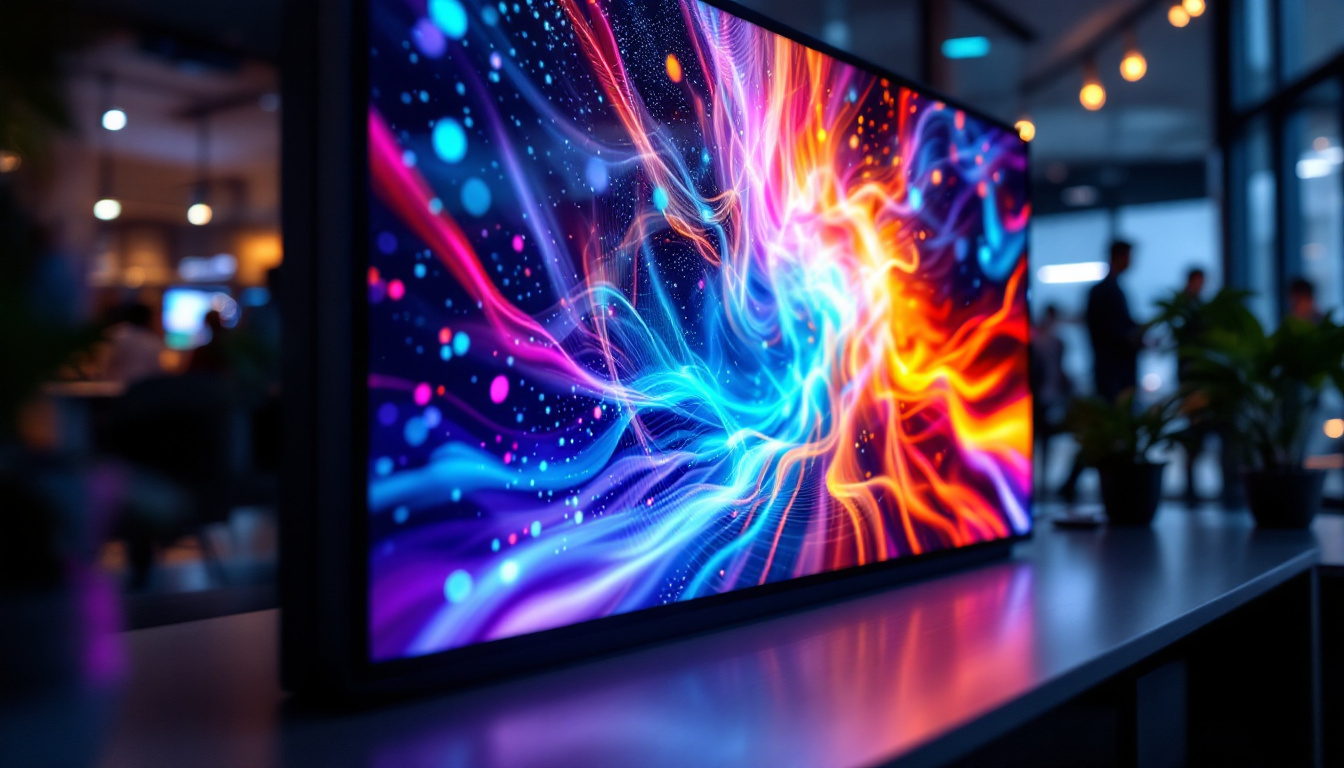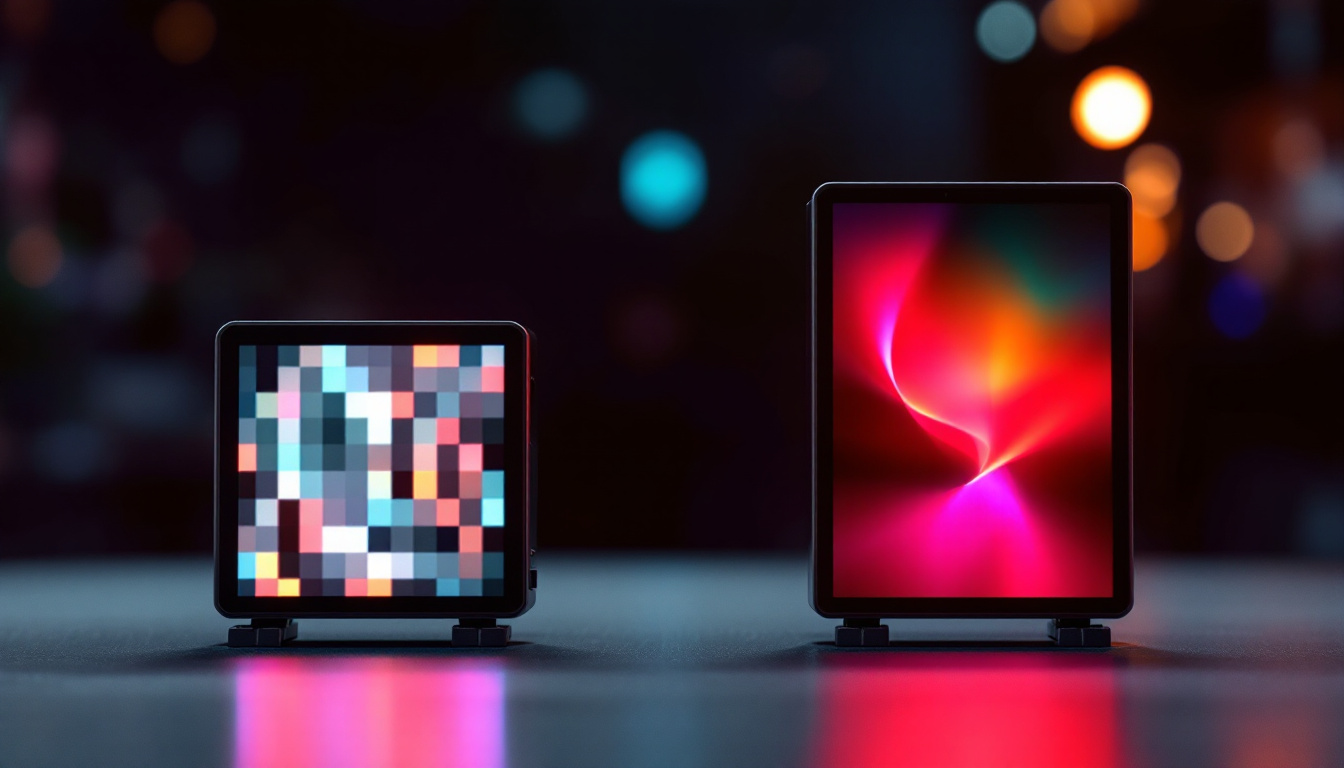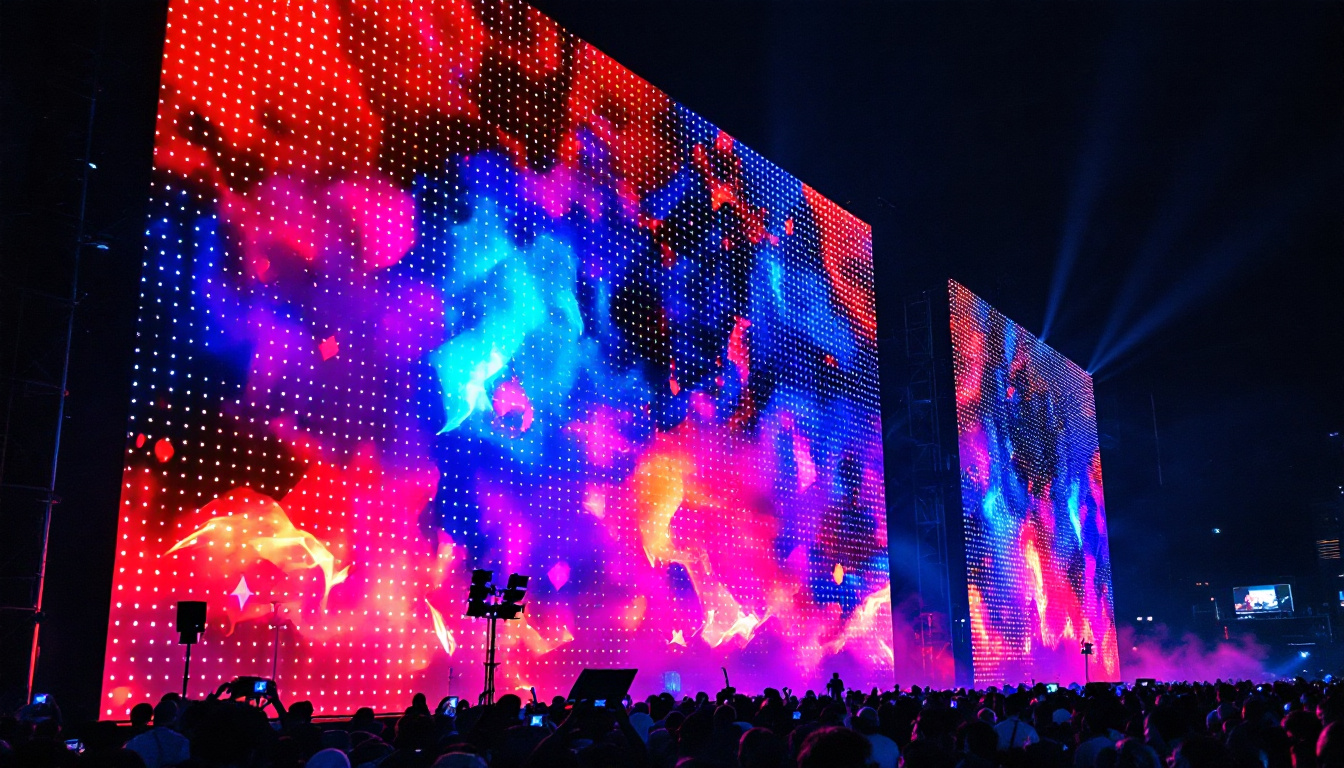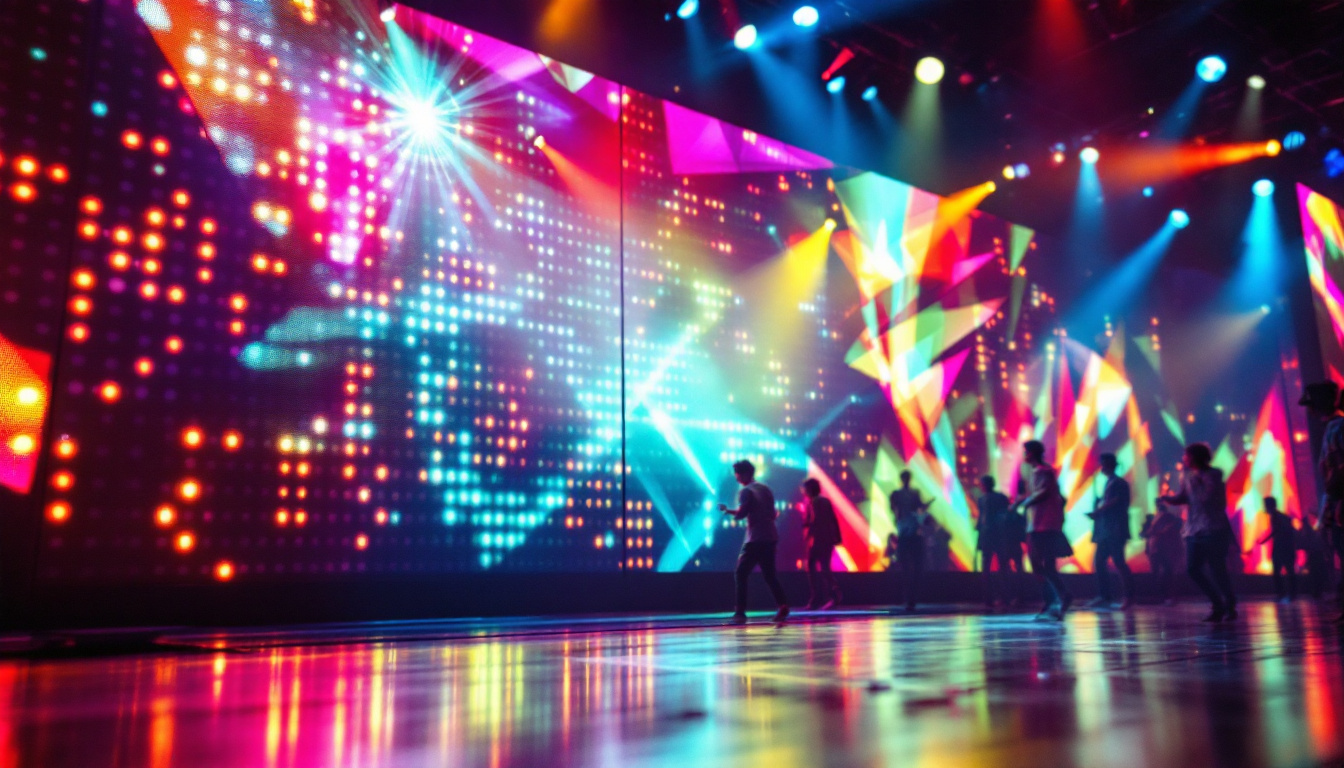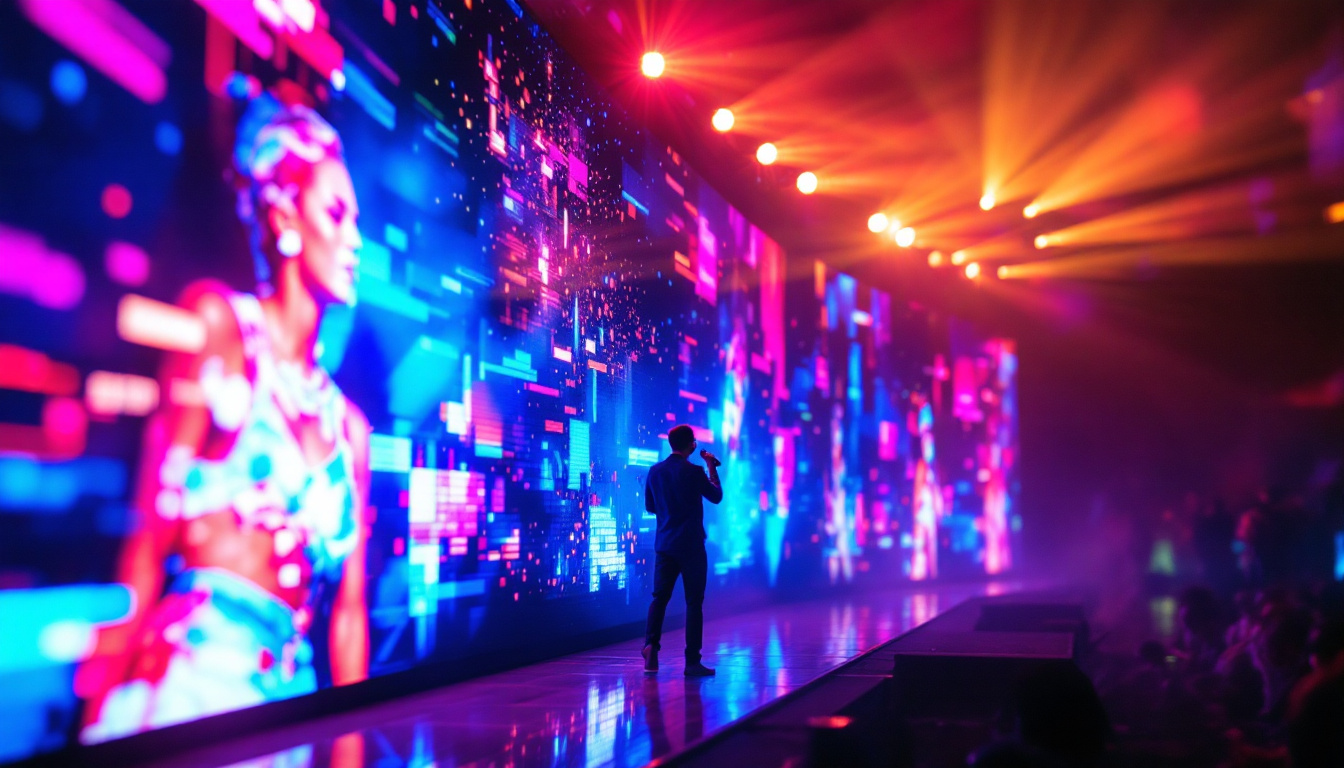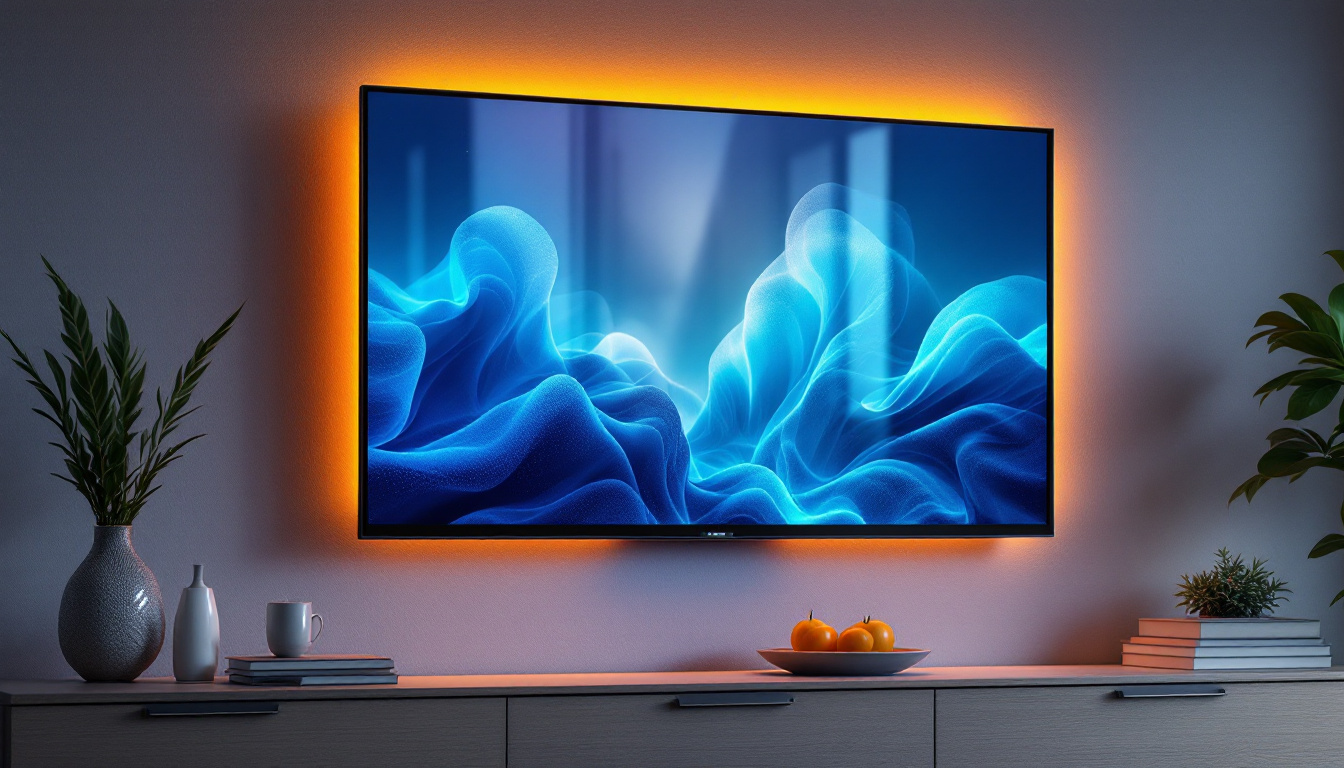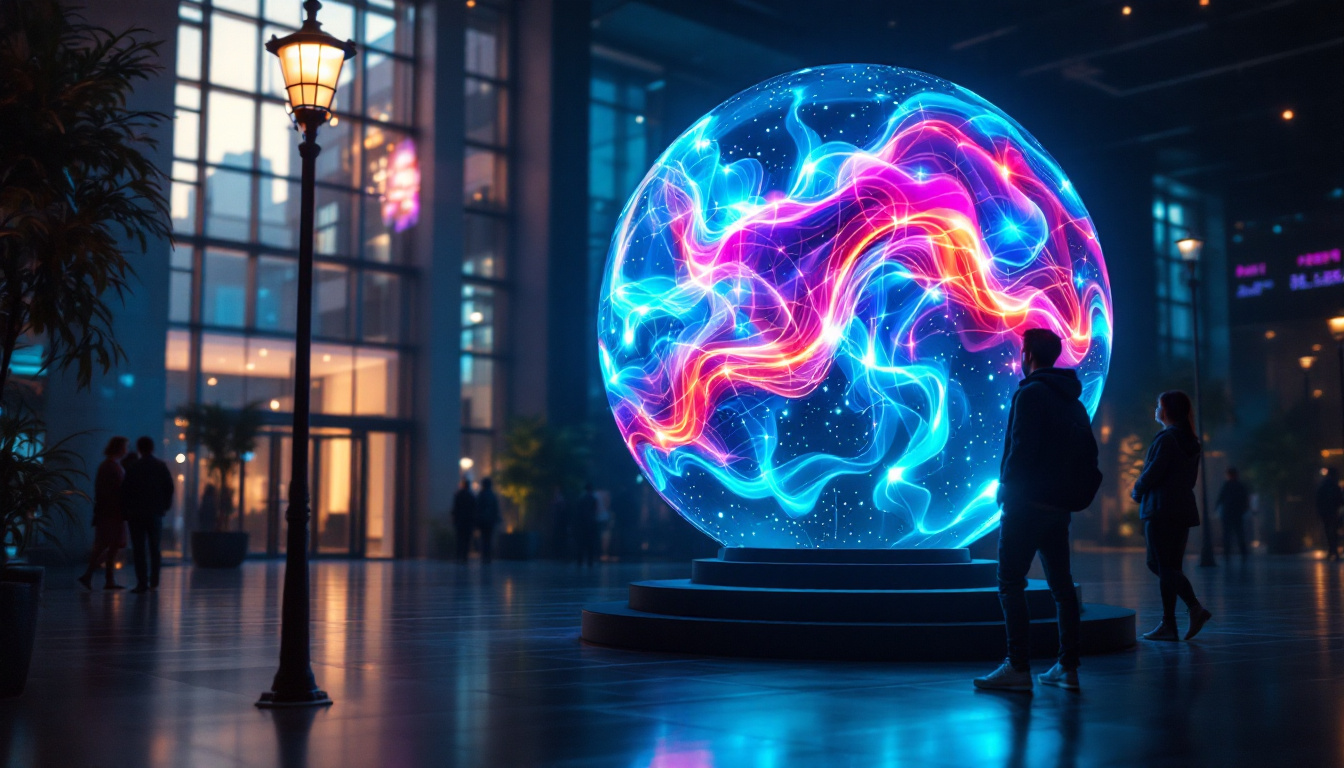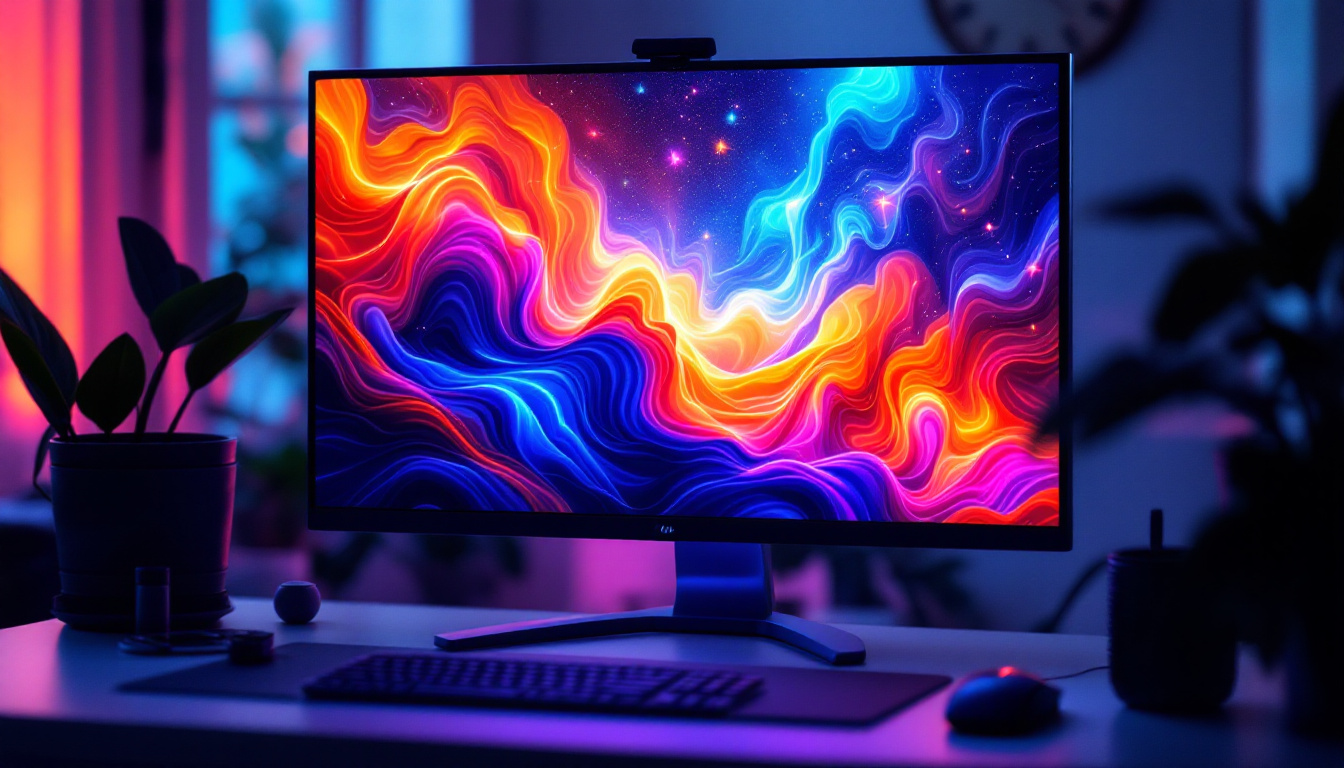In the ever-evolving world of interior design and architecture, room dividing panels have emerged as a versatile solution for creating dynamic spaces. Among the various types of room dividers available, LED display panels stand out for their innovative approach to both functionality and aesthetics. This article delves into the concept of room dividing panels, with a particular focus on LED displays, exploring their benefits, applications, and the technology behind them.
Understanding Room Dividing Panels
Room dividing panels are structures used to separate spaces within a larger area, allowing for flexible use of environments. They can be permanent fixtures or movable elements, providing an adaptable solution for both residential and commercial settings. The primary purpose of these panels is to create distinct areas for various activities while maintaining an open feel.
Types of Room Dividing Panels
There are several types of room dividing panels, each serving different needs and preferences. Traditional options include sliding doors and folding screens, which can be easily adjusted to open or close off spaces. More modern solutions incorporate materials like glass, wood, and fabric, allowing for a range of design aesthetics. For instance, glass panels can create a sense of openness while still providing a visual barrier, making them ideal for offices that require both privacy and transparency.
LED display panels represent a cutting-edge evolution in room dividers. These panels not only separate spaces but also serve as dynamic visual displays, capable of showcasing digital content, art, or information. This dual functionality makes them particularly appealing in environments where aesthetics and technology converge. In addition, these panels can be programmed to change visuals based on the time of day or specific events, allowing for a customizable atmosphere that can enhance the mood of any gathering or meeting.
Benefits of Using Room Dividing Panels
The advantages of incorporating room dividing panels into a space are manifold. Firstly, they enhance privacy by creating separate areas within a larger room, which can be particularly beneficial in open-plan offices or shared living spaces. Secondly, they can improve acoustics, reducing noise levels between different areas. This is especially important in environments where concentration is key, such as in coworking spaces or study areas, where distractions can hinder productivity.
Moreover, room dividing panels can significantly enhance the visual appeal of a space. By choosing stylish designs or incorporating LED displays, they can become focal points that contribute to the overall decor. This versatility allows for creative expressions that can adapt to changing needs over time. Additionally, many panels are designed with sustainability in mind, using eco-friendly materials and manufacturing processes, which can appeal to environmentally conscious consumers. As a result, room dividing panels not only serve a functional purpose but also align with modern values of sustainability and design innovation.
The Rise of LED Display Panels
LED display panels have gained popularity in recent years, particularly in commercial settings such as offices, retail spaces, and event venues. Their ability to display vibrant graphics, videos, and real-time information makes them an attractive option for businesses looking to engage customers and enhance brand visibility.
Technology Behind LED Displays
LED, or Light Emitting Diode, technology has revolutionized the way visual information is presented. Unlike traditional displays, LED panels consist of numerous small diodes that emit light, resulting in brighter images and lower energy consumption. This technology allows for high-resolution displays that can be viewed from various angles without loss of quality.
Furthermore, LED displays are highly customizable. They can be designed to fit specific dimensions, resolutions, and brightness levels, making them suitable for a wide range of applications. This adaptability is particularly beneficial for businesses that require unique solutions to meet their branding and communication needs. Additionally, advancements in LED technology have led to the development of flexible and transparent displays, which open up new possibilities for creative installations and innovative advertising strategies.
Applications of LED Display Panels
LED display panels can be utilized in various settings, from retail stores to corporate offices. In retail, they can be used to showcase products, promote sales, or create immersive experiences that draw customers in. In corporate environments, these panels can serve as information displays, conference room dividers, or even as part of a creative workspace.
Moreover, event venues are increasingly adopting LED display panels for their versatility. They can be used to create stunning backdrops, provide information to attendees, or even facilitate interactive experiences. This adaptability makes LED displays a valuable asset in any environment where visual communication is key. The integration of LED panels in live events has transformed the audience experience, allowing for dynamic content that can change in real-time, enhancing engagement and interaction. As technology continues to evolve, the potential applications of LED displays are expanding, paving the way for even more innovative uses in advertising, entertainment, and beyond.
Design Considerations for LED Display Panels
When integrating LED display panels into a space, several design considerations should be taken into account. The first is the intended use of the panel. Understanding whether it will serve primarily as a room divider, a display for information, or an artistic element will influence its design and placement.
Size and Placement
The size of the LED display panel is crucial for its effectiveness. A larger panel may be necessary for high-traffic areas where visibility is essential, while smaller panels may suffice in more intimate settings. Additionally, the placement should maximize visibility while ensuring it does not obstruct the flow of the space.
Moreover, the height of the panel should be considered. For instance, in a corporate environment, a lower panel may facilitate conversation and collaboration, while a taller panel may be more appropriate for creating a sense of separation in a retail space.
Content Management
Another important aspect of LED display panels is content management. The ability to easily update and change the displayed content is vital for keeping the information relevant and engaging. Many LED displays come with user-friendly software that allows for quick updates, ensuring that the content remains fresh and aligned with current branding or messaging.
Businesses should also consider the type of content that will be displayed. High-quality images, videos, and animations can significantly enhance viewer engagement, making it essential to invest in good content creation and management practices.
Challenges and Considerations
While LED display panels offer numerous benefits, there are also challenges that need to be addressed. One of the primary concerns is the initial cost of installation. High-quality LED panels can be expensive, and businesses must weigh this investment against the potential return in terms of customer engagement and brand visibility.
Maintenance and Longevity
Maintenance is another consideration. Although LED technology is generally reliable, regular upkeep is necessary to ensure optimal performance. This includes cleaning the panels, updating software, and addressing any technical issues that may arise. Businesses should factor in these ongoing costs when budgeting for LED display panels.
Additionally, the lifespan of LED panels is a crucial factor. Most LED displays are designed to last for several years, but their longevity can be affected by usage, environmental conditions, and maintenance practices. Choosing high-quality products and implementing proper care can help maximize their lifespan.
Environmental Impact
As sustainability becomes an increasingly important consideration in design and technology, the environmental impact of LED display panels should not be overlooked. While LED technology is more energy-efficient than traditional lighting, the production and disposal of electronic components can have negative environmental effects.
Businesses should consider sourcing panels from manufacturers that prioritize sustainability and environmentally friendly practices. This can include using recyclable materials, reducing waste during production, and implementing take-back programs for old equipment.
The Future of Room Dividing Panels and LED Displays
The future of room dividing panels, particularly those incorporating LED displays, looks promising. As technology continues to advance, the capabilities of these panels will expand, offering even more innovative solutions for space management and visual communication.
Integration with Smart Technology
One exciting development is the integration of LED display panels with smart technology. This could allow for features such as automated content updates based on real-time data, interactive displays that respond to user input, or even integration with other smart devices within a space. Such advancements could revolutionize how these panels are used in both residential and commercial environments.
Moreover, as the demand for flexible workspaces continues to grow, the role of room dividing panels will likely become increasingly important. Businesses will seek solutions that allow for quick reconfiguration of spaces to adapt to changing needs, and LED display panels can play a key role in this transformation.
Enhanced User Experience
Ultimately, the goal of incorporating room dividing panels and LED displays is to enhance the user experience. Whether in a retail environment, office space, or event venue, these panels can create engaging, interactive environments that capture attention and foster communication. As technology evolves, the possibilities for creating immersive experiences will expand, making LED display panels an essential element in modern design.
Conclusion
Room dividing panels, particularly those equipped with LED displays, represent a significant advancement in the way spaces are designed and utilized. Their ability to combine functionality with visual appeal makes them a valuable asset in a variety of settings. As technology continues to advance, the potential applications and benefits of these panels will only grow, paving the way for more innovative and engaging environments.
Incorporating LED display panels into room design not only enhances the functionality of spaces but also contributes to a more dynamic and interactive user experience. With careful consideration of design, content management, and sustainability, businesses and individuals can leverage these innovative solutions to create spaces that are not only aesthetically pleasing but also highly effective in meeting their needs.
Discover LumenMatrix LED Display Solutions
Ready to transform your space with the latest in LED display technology? LumenMatrix offers a comprehensive range of innovative solutions tailored to your needs. From captivating Indoor LED Walls to vibrant Outdoor Displays, and from dynamic Vehicle LED Displays to interactive Floor LED solutions, our products are designed to revolutionize your visual communication. Experience the power of Custom LED Displays, All-in-One solutions, and cutting-edge LED Transparent Displays that will take your brand visibility to the next level. Check out LumenMatrix LED Display Solutions today and start creating unforgettable visual experiences.

